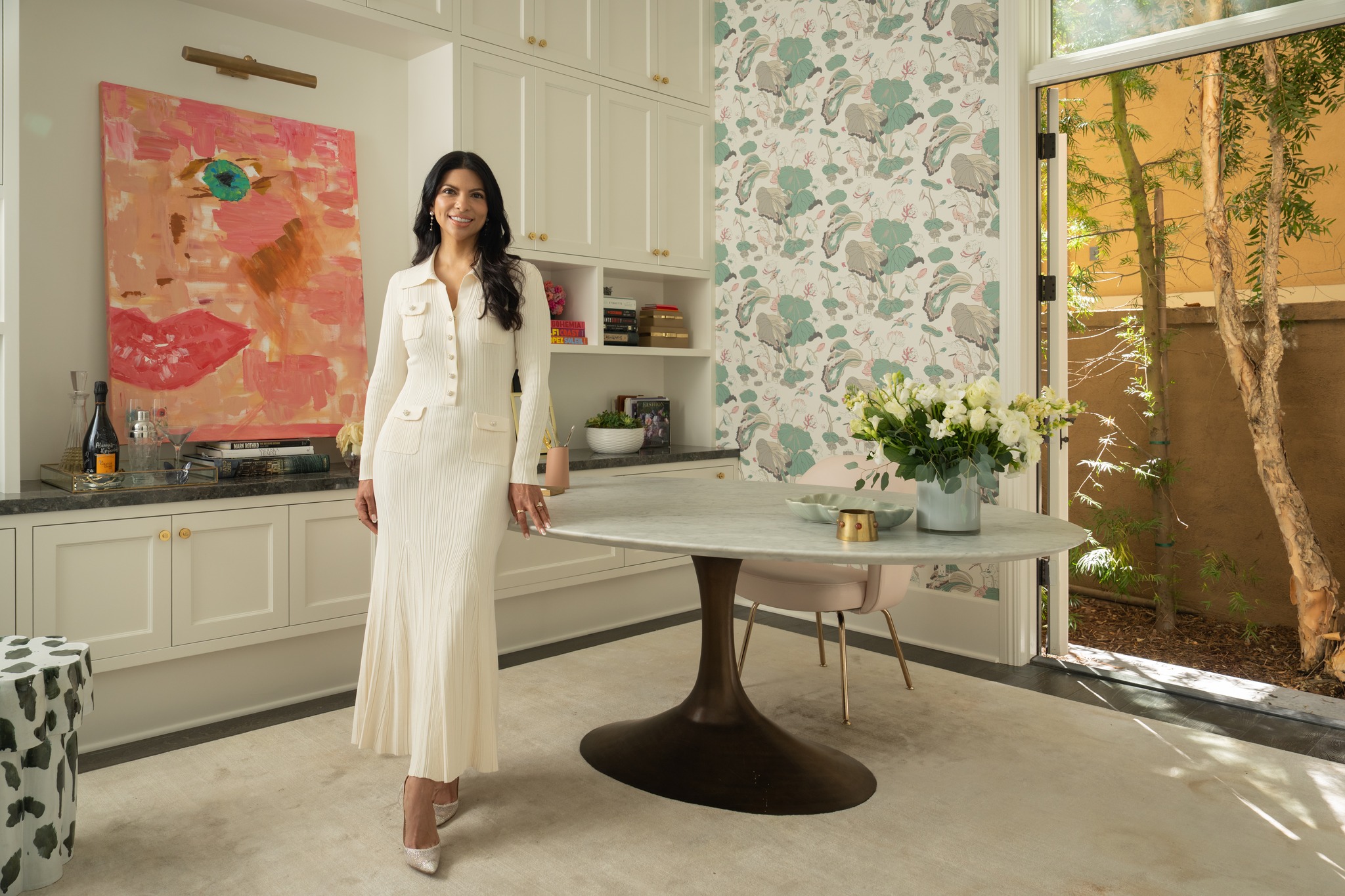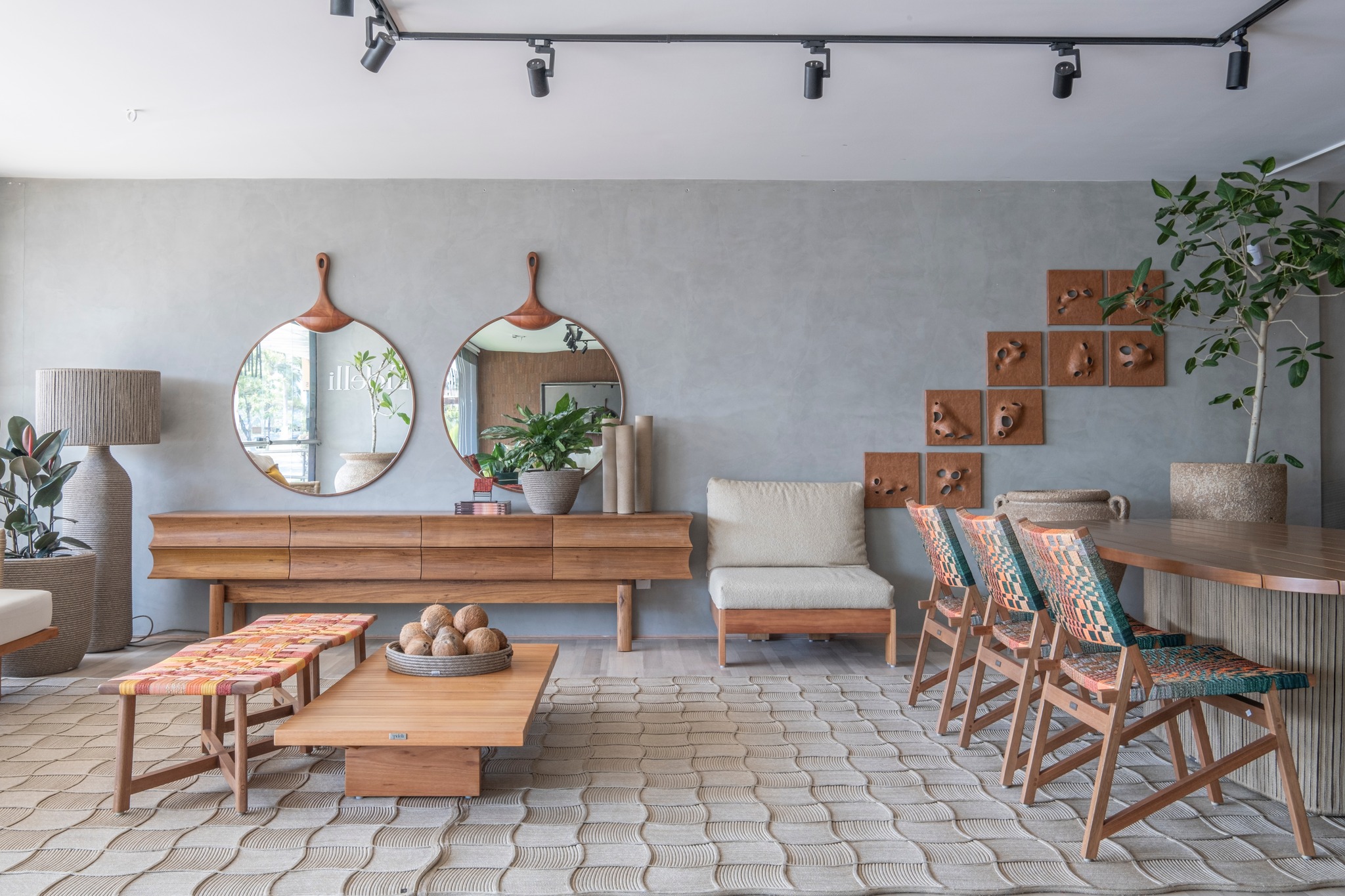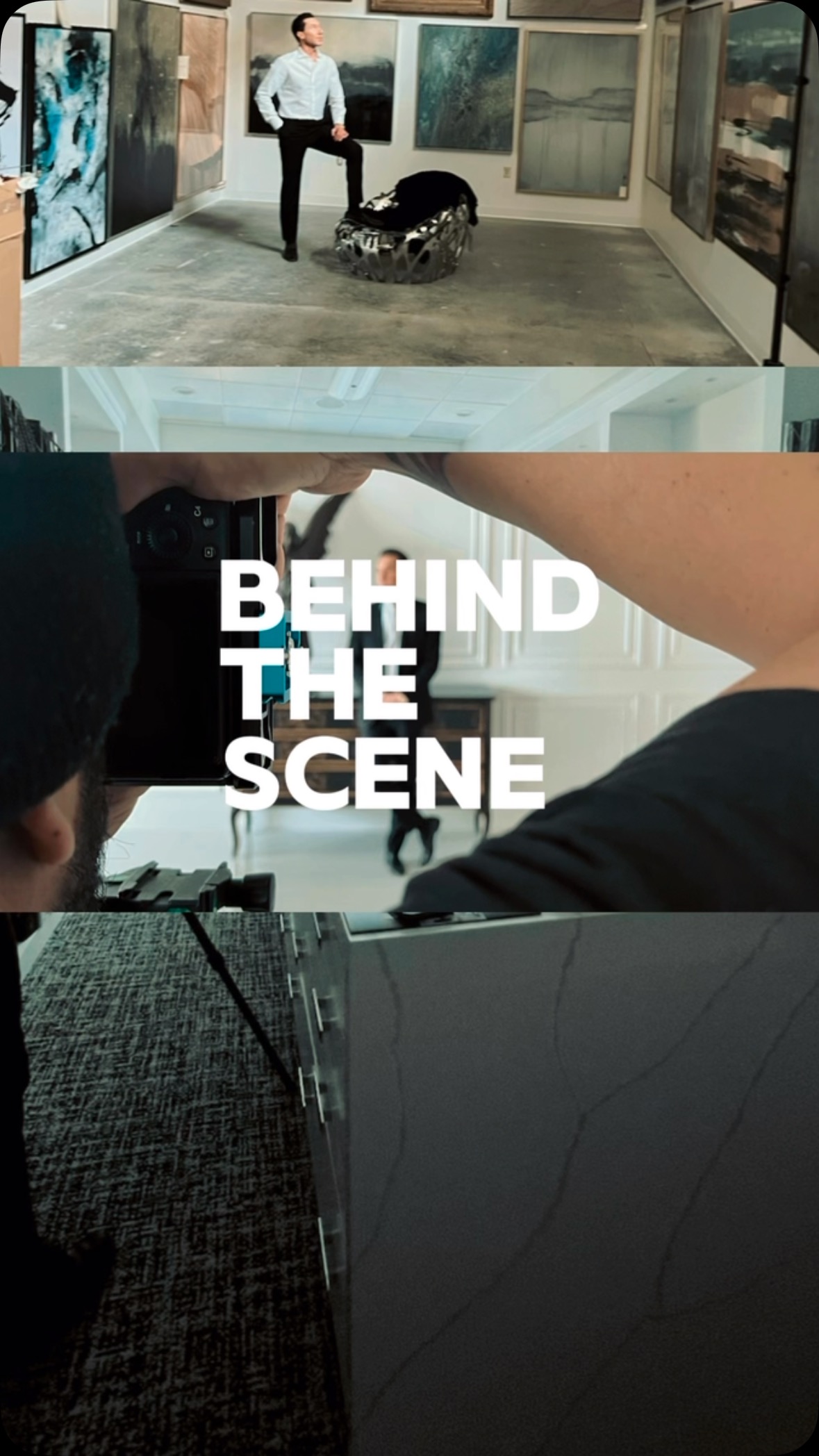A waterfront architectural masterpiece continues to make waves in Newport Beach.
By Kedric Francis
What architect has had the most influence on residential design in coastal Orange County, ever?
If one were to ask historians, design aficionados, and architects themselves to name the most architecturally significant home, the consensus would be clear: 1242 West Oceanfront on the Balboa Peninsula. That’s the address of the Lovell Beach House. Completed in 1926, the concrete beachfront home designed by renowned architect R.M. Schindler is said to be one of the most important examples of residential Modernist design in the world.
But, if the Lovell Beach House built nearly a century ago is so significant and influential, contrarians might wonder why Newport Beach did not evolve as a center of Modernism, with hundreds of historic homes designed with a similar aesthetic.
Perhaps the experts are mistaken, and the 1920s-era home with a famous design pedigree that better represents the past, present, and perhaps even the future of architecture in Southern California is just two miles away, at 1707 E. Bay Avenue.
With hand-hewn beamed ceilings, arched doorways, thick plaster walls, tile floors, fountains, wrought-iron accents, and a lavish use of colorful Malibu tiles, the Peninsula Point villa designed by architect Wallace Neff and completed in 1928 is an exquisite example of Spanish Colonial Revival architecture.
“It’s irreplaceable historically and architecturally—and the views are some of the best you’ll see,” says Steve High, the president of Villa Real Estate, who has the $8.75 million listing for the one-of-a-kind home. Indeed, the views from the 4,200-square-foot, five-bedroom, four-story home are stunning, especially from the rooftop deck.

Second level of the vintage villa 
Rooftop deck

Here, the often-evoked, rarely realized term “wrap-around views” is exactly that. The home’s 360-degree unobstructed views of the ocean, harbor, and hills are the best on the peninsula, by definition. That’s a statement that’s difficult to argue, given that the villa is the tallest residential structure in the area.
Ground-level vistas aren’t bad either. Built lot line to lot line, the home is larger than current code allows, and open onto the bay to one of its most enviable amenities: a private pier with slips for two boats, including one where a craft up to 60 feet long is able to dock.
The street entrance of the home is through a hidden courtyard with a fountain and a vintage outdoor shower complete with a whimsical foot-wash fountain. There’s a lower-level game room, a huge outdoor tiled patio with tiled water features, a second-floor living area with a fireplace emblazoned with a whimsical crest, an outdoor dining area, a large period kitchen, a family room with a fireplace, five bedroom suites, a waterfront master suite, and a fanciful “crow’s nest” room.
The original villa was masterfully restored by the owner in 2003, adding modern safety, conveniences, and luxury, while maintaining its romantic charm and historic landmark status. Touring the home today, it’s nearly impossible to tell what is original and what was added in the remodel. All the doors and windows are the original mahogany for the house. When new tile and cabinetry was added in the kitchen, for example, the owner went to great lengths to match Neff’s aesthetic by researching his other homes.
High retained an architectural historian to confirm the design provenance of the home, including via Neff’s own business records, and the owner also deserves credit for restoring, safeguarding, and improving the property.
The villa is believed to be one of only two residences designed by Neff located in Orange County, despite the architect’s prolific output: He designed hundreds of estates and villas in the 1920s and 1930s elsewhere in Southern California, including the famed Pickfair, home of the film stars Mary Pickford and Douglas Fairbanks Sr. that was one of the most famous homes of the era. His clients included Hollywood royalty like Charlie Chaplin, Greta Garbo, Katherine Hepburn, the Marx Brothers, and other one-percenters of the era.

In those days as well as today, the aesthetic whims and wishes of actors, directors, and other members of the Hollywood elite were influential. And while modern architects including R.M. Schindler and Richard Neutra were trending among intellectuals, artists, critics, magazine editors, and others of influence, Hollywood loved Neff.
He is often described as an expert in “Period Revival” architecture—think Tuscan, Tudor, Santa Barbara, Spanish, Mission, and Mediterranean styles—but that’s not how Neff thought of his own work.
“Houses which satisfy the needs of Californians should be ‘Californian,’ no more, no less,” he once said, emphasizing that he built “California homes for California people.”
One of them was C.W. Hopkins, who hired Neff to design the Balboa home. Hopkins was a real estate investor and architect who lived in the Sacramento/Davis area. He spent a summer in Newport Beach, and is said to have loved it so much that he never went back.
Neff, a quintessential Angeleno, had Orange County connections beyond his two projects here. He often collaborated with Laguna Beach landscape architect Florence Yoch, well-known in the movie business for creating the landscape of Tara in Gone with the Wind, as well as other iconic films. His brothers John and Bill Neff moved to Laguna Beach to pursue the art and craft of pottery manufacturing. And his son, Wally Neff, lived in Orange County and was in real estate for many years before his death in 2013.

Today, the Spanish Mediterranean architecture style is the dominant Orange County aesthetic. Buildings designed and created for the 1915-1917 California-Panama Exhibition in San Diego’s Balboa Park served as early inspiration for the Spanish style in Southern California, and are still in place today. In Orange County, Ole Hanson deserves credit for popularizing the style via his 1920s-era San Clemente real estate development, complete with restrictive deeds maintaining the Spanish-style of structures in the city. The development of the Irvine Ranch has taken the aesthetic strongly into the 21st century.
So while Neff didn’t invent the Spanish Colonial Revival architecture that is such an important part of the Southern California landscape, he perfected it. Biographer Diane Kanner (Wallace Neff, Architect to the Stars) describes Neff’s “never-ending desire to unite a formal plan with country vernacular styling, the juxtaposition of classicism and informality which few period revival architects knew how to pull off.” Also, during World War I, Spain was one of the few places where architectural students could go during the requisite “European tour,” hence the preponderance of that architecture here during and soon after that era.
As the Los Angeles Herald Examiner said at the time of Neff’s death in 1982, “Neff’s style defines the elusive meaning of California as a place. California today would somehow be less California without his architecture.”
In coastal Orange County, there are many homes influenced by Neff’s architectural style, with marketing that prominently mentions his name. Fans can find his homes for sale in San Marino, Pasadena, and throughout Los Angeles. But there is only one opportunity to acquire a Wallace Neff “Californian-style” home on the water in Newport Beach—because there is only one.

Steve High and Evan Corkett
Villa Real Estate
450 Newport Center Drive, Suite 100
Newport Beach
949.717.6000 | villarealestate.com
shigh@villarealestate.com | ecorkett@villarealestate.com


























